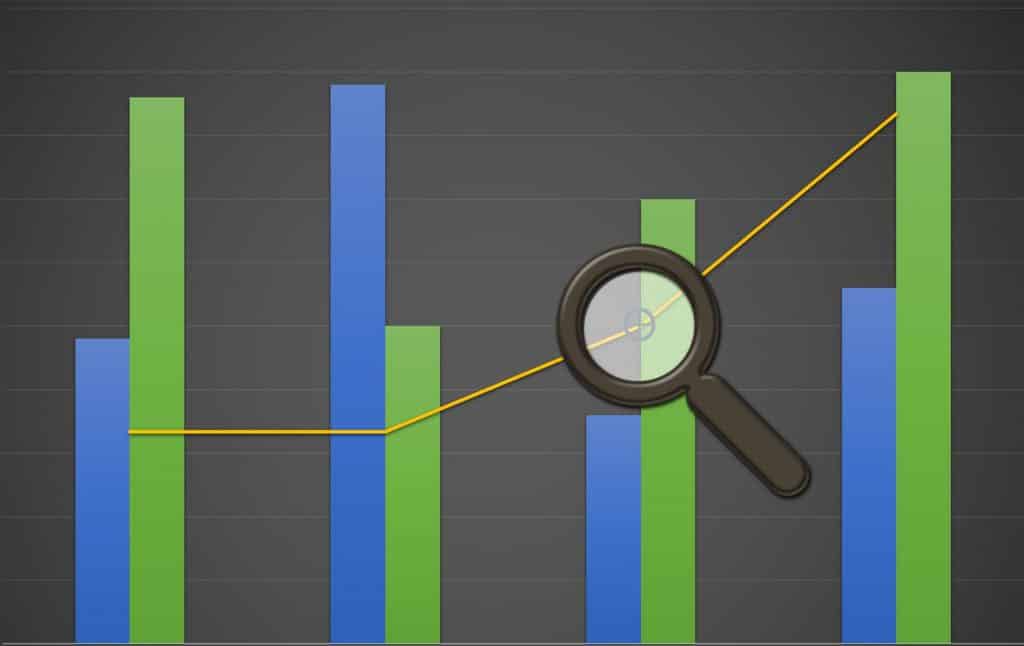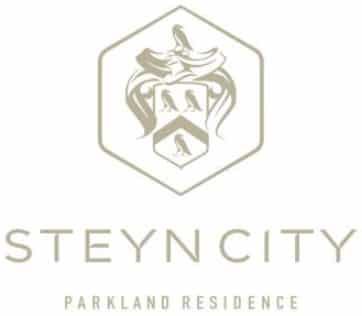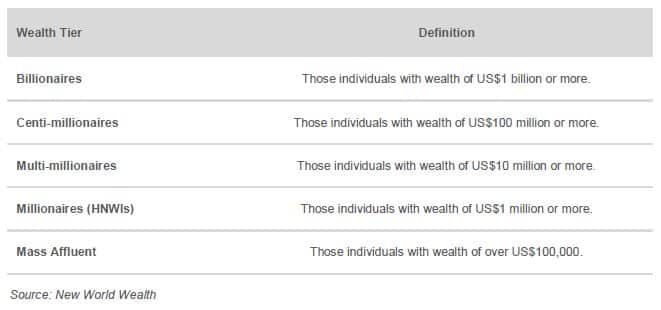These days, companies in quite a few industries are talking about digital transformation (DT). DT involves using process improvements and new technologies to transform your operations. You have to embrace change to meet the demands of evolving business models and customer expectations.

The Importance Of Security
Improving security is one of the most important aspects of digital transformation. More than ever, it’s important to protect those assets that are most vital for your organization. You need to protect identities, strategies and trade secrets. Once you’ve established stellar security, you’ll have a solid foundation for achieving comprehensive DT.
What Is Digital Transformation and How Do I Sell It?
Not many people have heard of what is digital transformation since it has become more common last year due to the start of the pandemic. Increasingly, people are recognizing that DT involves telling a compelling story. Just having the right facts and figures won’t prove enough to get buy-in from critical stakeholders. Arguably, storytelling is the most important persuasion tool in your arsenal. According to science, the human brain is programmed to pay attention to stories. After all, storytelling is how traditional cultures pass on knowledge vital for survival. If you tell the right story, you’ll be able to help your co-workers overcome any qualms they have about drastic change. Fear of change is a constant in human psychology. Even forward-thinking people often balk at making major new capital investments. However, investing in digital transformation is one of the best ways to disaster-proof your business.
A story is not a sterile to-do list or a budget. A story is not a PowerPoint presentation, no matter beautifully designed your presentation may be. Instead, a story is a series of events described in a coherent order. These events can be real or hypothetical. For example, you can describe a hypothetical future where your company is outmatched by a competitor. This type of storytelling can inspire noncommittal stakeholders to take action.
Aligning Your Transformation Strategy With Long-Term Goals
DT requires willingness to make significant changes. Nevertheless, you don’t necessarily have to reinvent the wheel. At every stage of your transformation plan, be sure to align your efforts with your long-standing goals and values. Cohesion is the ultimate watchword when planning your digital strategy. Ultimately, you’ll want each one of your digital channels to serve your essential business objectives. Web design, social media marketing, e-commerce, apps; all of these channels should cohesively serve your goals.
Part of DT is making sure your messaging and content reflect your customers’ interests and values. You’ll also want to craft consistent brand messaging. To maintain cross-channel cohesion, be sure to invest in analytics. You can use each channel to gather and analyze data about your customers’ habits. If you aren’t gaining new insights from your digital channels, you’ll need to invest every available penny into DT. When it comes to transformation, it’s never too late to start turning the ship around. Even if your digital channels are producing strong revenues, maintenance isn’t enough. Revenue growth is crucial for commercial sustainability. You needn’t give in to the temptation to adopt every trendy new digital channel that comes online. Instead, focus on developing a few key channels.
Maintaining The Right Skills Mix In Your IT Team
If you want your DT to be maximally effective, you’ll need to assemble the right IT team. That may prove more complicated then ever during this pandemic time. Make sure you are fully taking advantage of teleworking. In addition, make an effort to keep your remote workers feeling heard and appreciated. If you’re not careful, it can be easy to overlook remote team members when it’s time to hand out promotions. This type of oversight can only limit the effectiveness of your IT team.
Properly executed, DT can help you achieve transformative business goals. Do whatever it takes to get your whole organization working together on DT.







